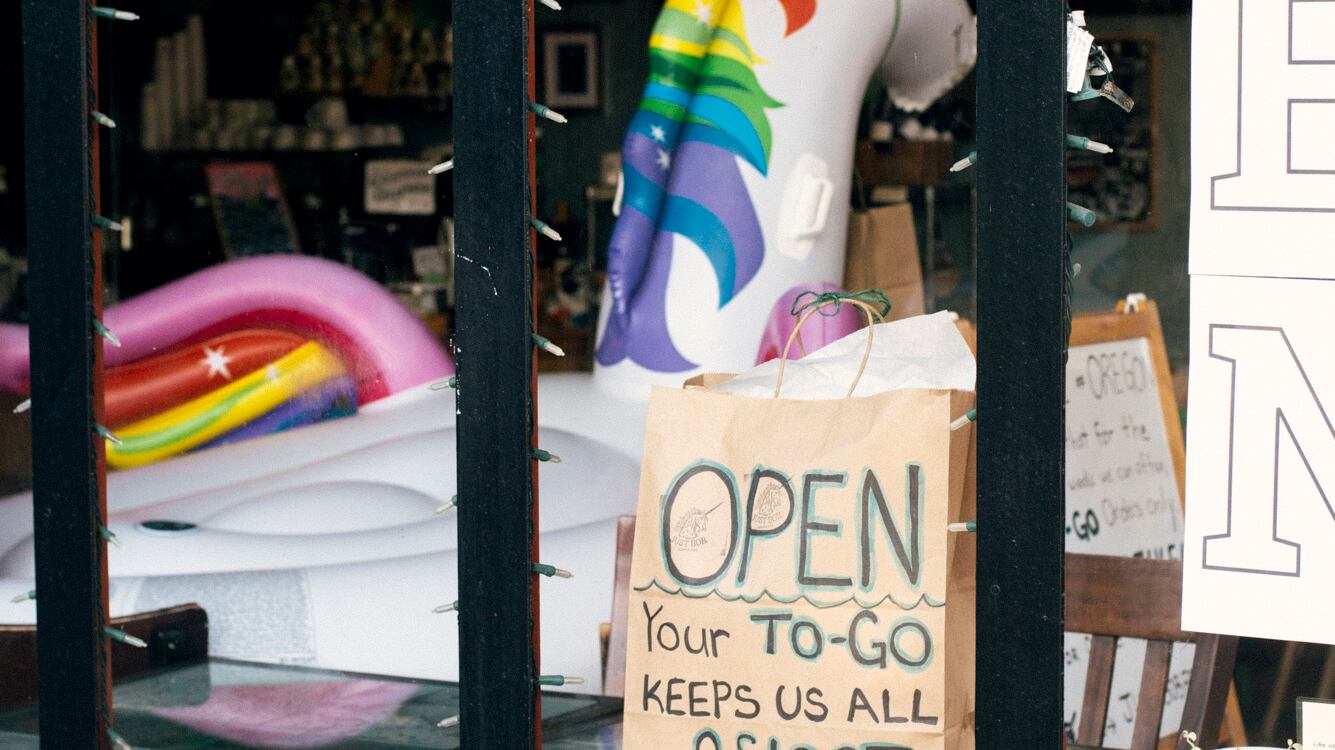The Oregon Liquor Control Commission today released a breakdown of liquor sales for March.
Not surprisingly, the numbers show a large jump in sales from 2019, but also a major shift in consumption patterns as bars and restaurants began shutting down midway through the month because of the COVID-19 pandemic.
Overall, sales increased 20 percent from a year ago—to nearly $66 million—but within that increase, there were unusual developments because of the novel coronavirus.
Sales to individuals at retail stores jumped 44 percent, while sales to bars and restaurants dropped by even more: 53 percent. Inventories held at stores also increased sharply, rising 16 percent. (These figures add detail to preliminary numbers released last week, which showed March sales up 17 percent.)
OLCC director Steve Marks says it's important for people to put the details of his agency's unusual month in context.
"These numbers may be alarming to those concerned about alcohol dependency, but it reflects the shift in consumption, not an increase in consumption," Marks said in a statement.
The biggest day in history for the OLCC's central warehouse in Milwaukie came March 19, when it shipped 26,685 cases of liquor—a 117 percent increase over the same day a year earlier.
That record was set as pressure increased on Gov. Kate Brown to shut down nonessential functions and order people to stay at home. Brown made that order four days later, on March 23. After that flurry of activity (March 18 was the second-busiest day in the warehouse's history), sales are now below normal, and for all of the buying, March still did not top the agency's all-time monthly sales record of $78.85 million set in December 2019.
"We appreciate our warehouse employees and liquor store agents across the state for being nimble enough to adapt to the new business model imposed by the COVID-19 pandemic," Marks added. "Despite operating with less staff, and being open shorter hours, the combined efforts of liquor store agents are continuing to provide service while also generating an important source of revenue for the state during a time of limited economic activity."

